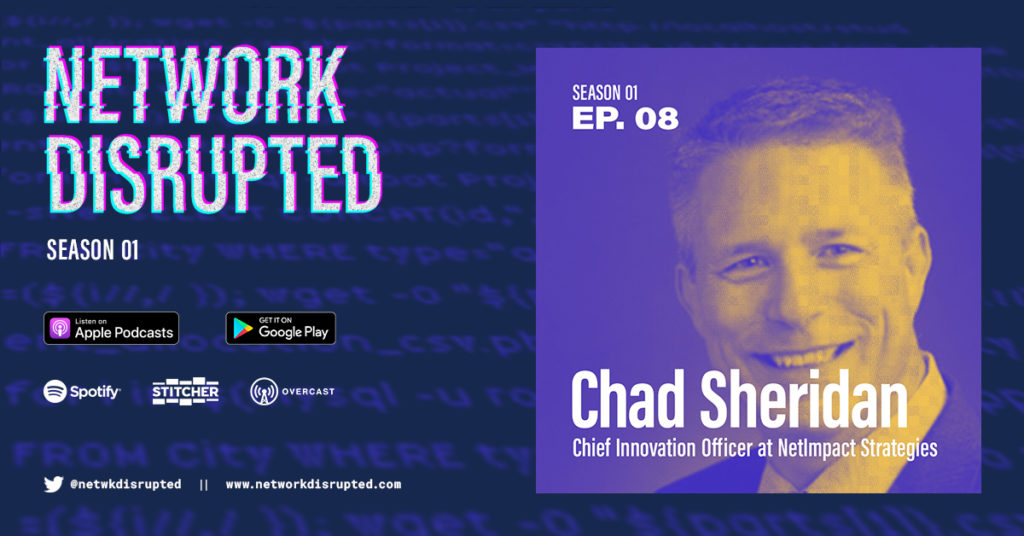How an agency IT chief innovated amid bureaucracy
Government IT innovation isn’t easy, but Chad Sheridan did it at the USDA by removing silos, earning top-level buy-in, and moving to a product mindset.

By the time Chad Sheridan hung up his hat at the U.S. Department of Agriculture (USDA), he had developed a reputation for innovating in a sector that makes change exceptionally difficult.
Sheridan spent nearly nine years at the USDA, most recently as the chief of service delivery and operations for the Farm Production and Conservation Business Center. Prior to that, he was the CIO for the USDA’s Risk Management Agency. Among the innovations he oversaw was establishing farmers.gov, which serves as a central entry point for farmers, ranchers, and producers to access agency programs and services.
Now, as CIO of NetImpact Strategies, Sheridan counsels a broader set of public sector organizations on how they can innovate in change-resistant environments. That includes strategies like identifying and knocking down silos, using metrics to get top-level buy-in, and shifting from a project to a product portfolio mindset. And sometimes it means recognizing when you’re better off outsourcing to the private sector.
In the first season of the Network Disrupted podcast, he sat down with BlueCat Chief Strategy Officer and host Andrew Wertkin to expand on some of that advice
Remember: Not all silos are created equal
The public sector segments its operations for a number of reasons. Some of them are valid, like cybersecurity or privacy.
Others, less so. Think: legacy bureaucracy that follows an old organizational architecture for little functional reason. That can stifle innovation across agencies or departments that would benefit from collaboration.
Sheridan reminds listeners how important it is to critically evaluate the silos that impact your work, and to not assume they’re all immoveable. Often—especially with today’s technology solutions—there are ways to share data across departments while meeting even the most crucial security and privacy requirements.
He says a recurring theme from his career has been his ability to perceive which silos can be changed by understanding the factors that keep them in place.
Improve buy-in from above with measurement
While working for the federal government, Sheridan took part in a research effort known as Optimally Productive Office. It was meant to help the USDA secretary better understand hiring decisions at the agency.
Through that study, Sheridan was able to do more than just understand how his staff generally spent their time or where they struggled. He was also able to quantitatively map numbers of hours to their work. Just like Unisys CTO Vishal Gupta suggests gathering the right data to support your use case, Sheridan built investment portfolios that mapped inputs to results and value.
This practice, in turn, contributed to a high-trust relationship with the secretary that allowed him to invest in higher-value projects. Instead of decreases in budget or headcount when he achieved efficiencies, Sheridan earned cover from above that let him invest in what he calls “value up.” He explains more in the following audio clip:
Shift your mindset from project to product
Most of the private sector has made the switch to a product portfolio management approach. However, there remain some organizations, especially in the public sector, that still work on a project basis. Below, Sheridan explains what he sees as the key difference between the two.
According to Sheridan, there are many benefits to a continuous improvement process model.
Your ability to deliver value is no longer limited by the decade-old ideas that sparked the project. Your technology portfolio improves. So does your people portfolio, as staff are empowered to stay closely involved with the business processes and underlying setup of a product.
Develop your core competencies and outsource the rest
The public sector works hard to be self-reliant. While that’s important, it has also sometimes exacerbated inefficiency and added risk. That has become especially true for IT. Networking and storage are more complex, there are higher expectations for speed, and private sector service providers continue to get better at what they do.
To that end, Sheridan highlights the value for federal agencies to leverage some things in the public sector—namely, the cloud.
The private sector is highly driven to innovate and improve services like cloud infrastructure because their markets continue to demand better and reward them for doing so.
As Sheridan puts it, there should be no shame for an agriculture-focused agency in “getting out of the data center business.”
Catch the full episode on Network Disrupted below.




